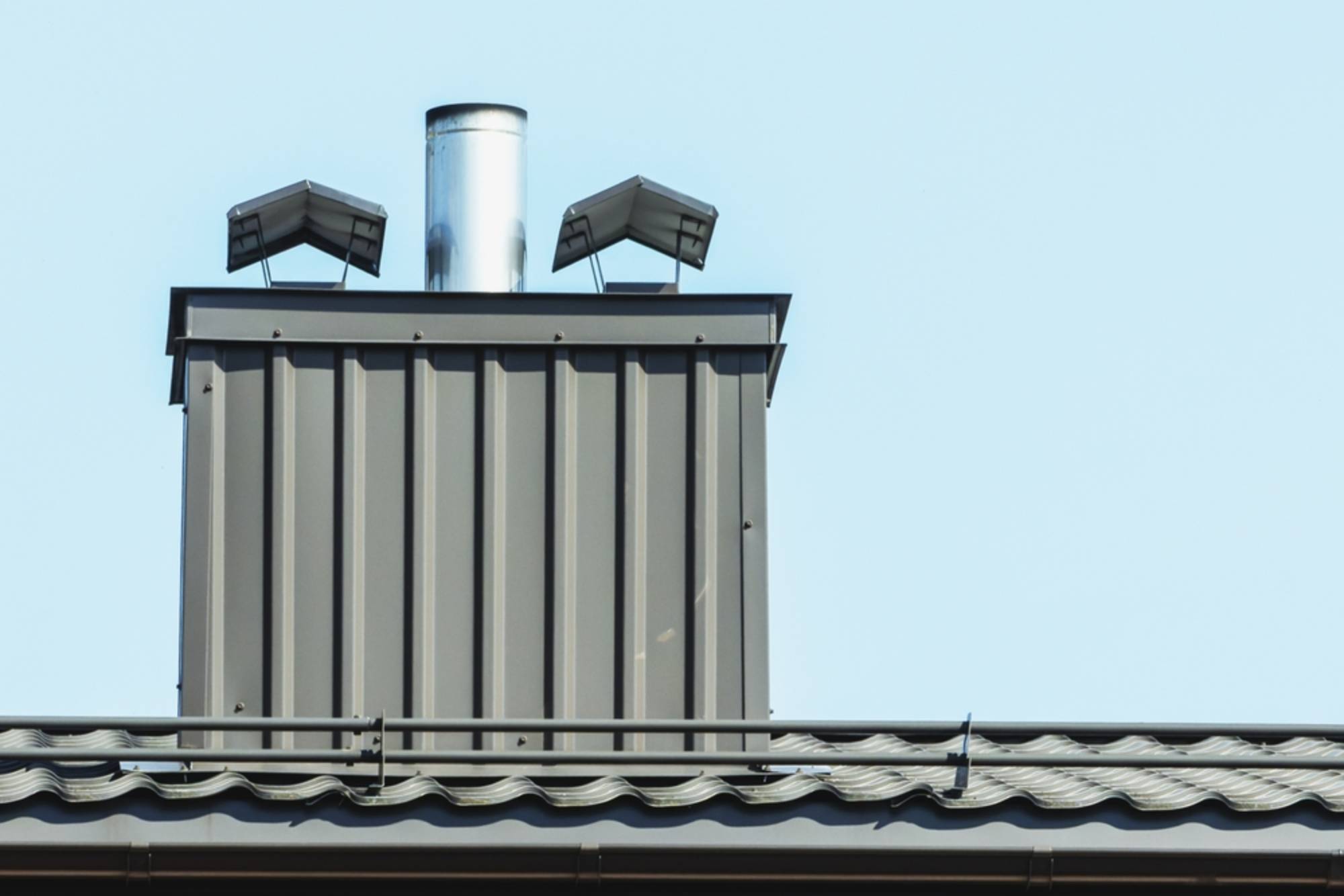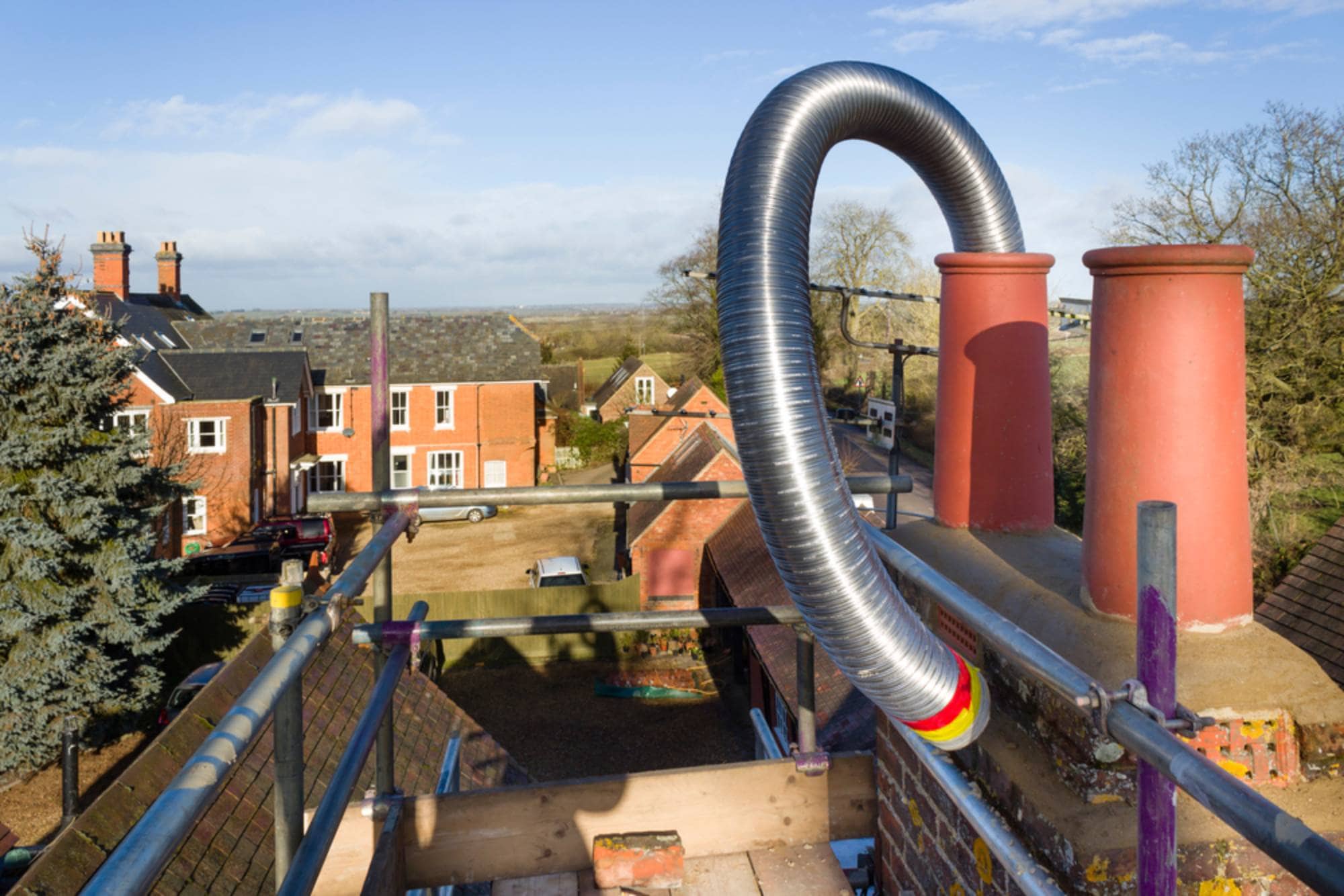We start with a thorough inspection of your existing chimney and flue system. This tells us whether you need a new installation, repair, or complete replacement, and helps us determine the right type and size of liner for your specific setup. Next comes the actual installation. We carefully fit the liner from the top of your chimney down through the flue, making sure it’s properly sized for your heating appliance. For most installations, we recommend insulated liners because they improve performance and provide better protection. After installation, we test the system to confirm proper operation and check that everything meets safety codes. We also provide you with maintenance guidelines so you know how to keep your new liner in good condition for years to come.




